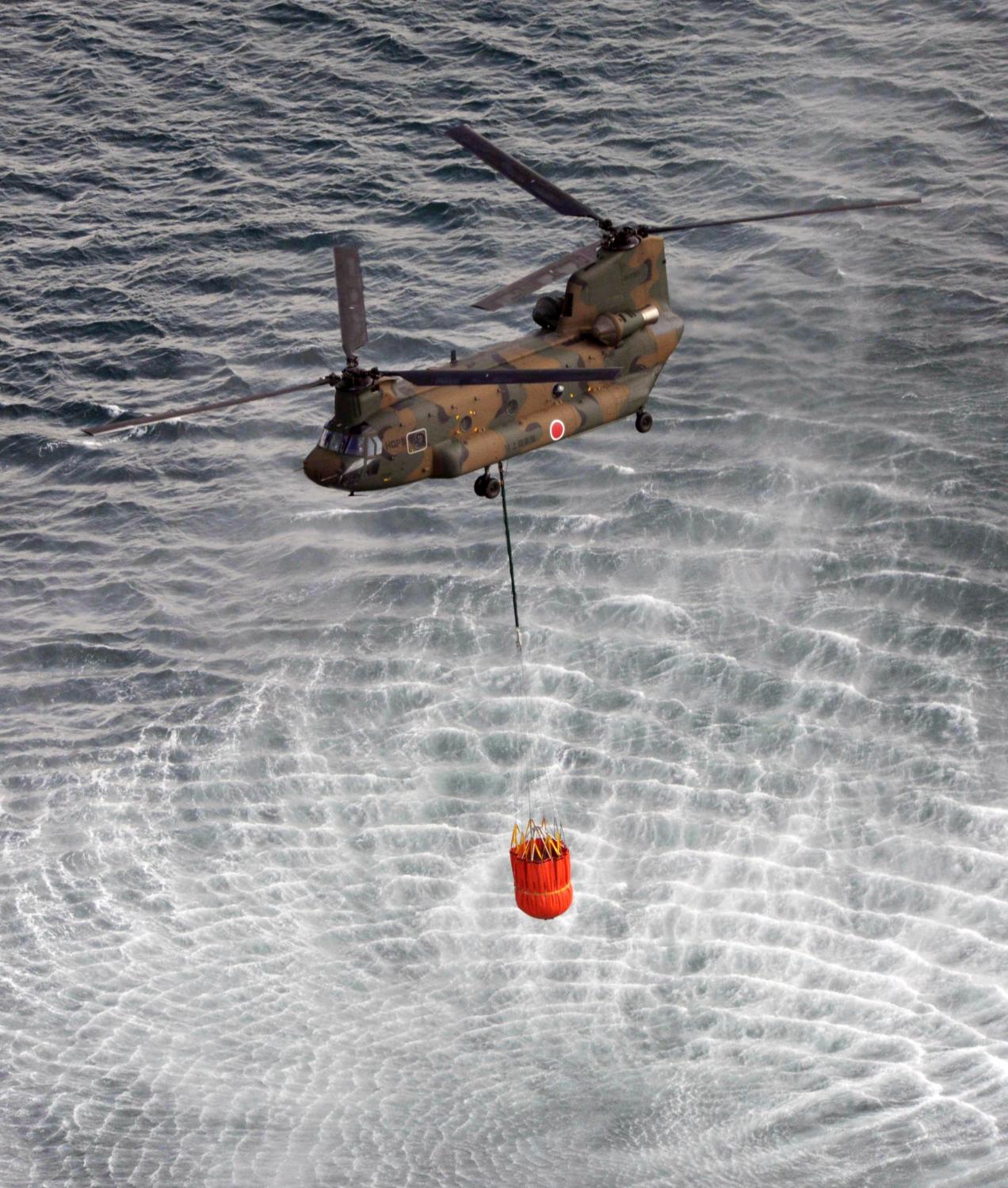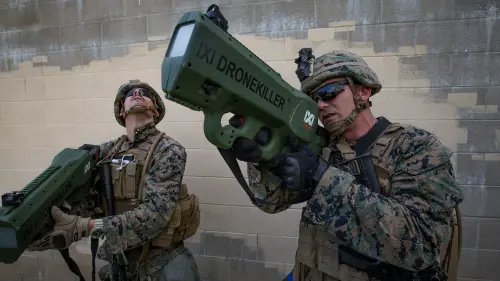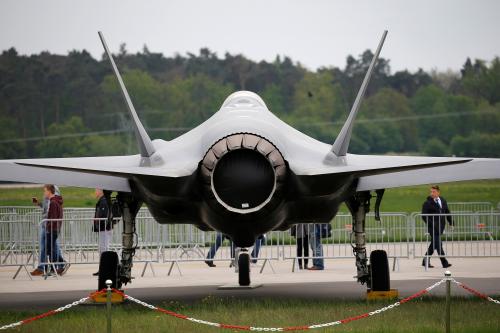EXECUTIVE SUMMARY
This study is intended to examine the state of the air security situation around Japan and analyze the country’s preparations for its future air defense in response to emerging threats. The report focuses particularly on scrambles, known as air policing, which are conducted by fighter aircraft in peacetime and gray-zone situations. Recently, the number of scrambles conducted by the Japan Air Self-Defense Force (JASDF) has been rapidly increasing, mainly because of China’s coercive efforts to change the territorial and sovereign status quo. China has been applying “salami slicing” tactics in the ocean, gradually expanding its activities further into the Pacific in a piecemeal fashion. It has also been pursuing a similar strategy in the air by changing the quantity and quality of its air activities since declaring the establishment of a new Air Defense Identification Zone (ADIZ) in the East China Sea in 2013. China’s peacetime expansion strategy poses a qualitatively different threat to its neighbors than they experienced during the Cold War. Amid China’s ongoing military buildup, the People’s Liberation Army (PLA) increasingly relies on non-traditional platforms to conduct its operations, especially unmanned aerial vehicles (UAVs). Japan’s constitution and domestic laws place a significant constraint on its military’s ability to respond using force to such new threats. However, even removing this legal restraint would be insufficient to effectively counter China’s salami slicing strategy. More importantly, Japan must work with the United States to pursue a coordinated response to China’s new coercive measures in peacetime and gray-zone situations.
Based on the above considerations, this report underscores the need for Japan to develop a new method of air policing. In so doing, it first examines the characteristics of the current homeland air security situation around Japan and addresses the challenges and dilemmas of air policing. Second, the air security situations of the United States, the United Kingdom, and Norway are briefly addressed, in an attempt to draw on lessons learned from these countries’ challenges that are applicable to Japan. In the United States, the Air National Guard, a component of the world’s strongest air force, holds responsibility for scramble missions. The Civil Air Patrol, funded by the U.S. Air Force budget, plays a complementary role in patrolling the vast U.S. mainland, although it does not carry out scramble missions. The United Kingdom has a similar geographical situation to Japan and employs noteworthy methods in its air policing procedures. Norway is on the frontline of NATO’s defense against Russian aircraft. Third, by analyzing the behaviors and strategies of the leadership in China and Russia, this paper seeks to ascertain the future intentions of these countries, particularly in the air domain. Finally, specific recommendations are provided as to how Japan can enhance its future air security to limit China’s ability to expand its air activities further into surrounding waters while avoiding further escalation. Namely, Japan should:
- adopt separate approaches to its scramble responses, to deal with different political motives behind Russian and Chinese air activity in the vicinity of Japan;
- diversify the number and types of sensors and countermeasures, including the deployment of new technologies to cope with UAVs, using UAVs in scramble missions, and employing air refueling aircraft during scramble missions; and
- explore the establishment of an indigenous “Civil Air Patrol” to expand the scope of aerial observation and provide a career pathway for a new generation of JASDF pilots.
The Brookings Institution is committed to quality, independence, and impact.
We are supported by a diverse array of funders. In line with our values and policies, each Brookings publication represents the sole views of its author(s).






